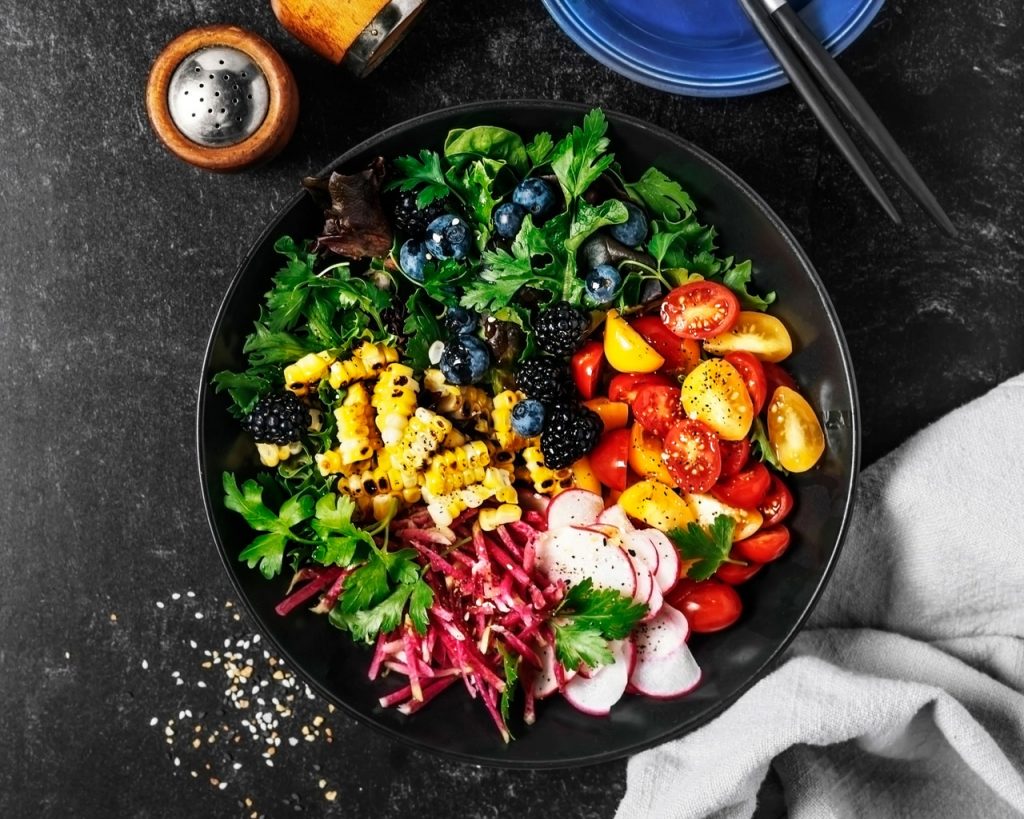Do you know what the volumetric diet is? It is tremendously difficult to follow a diet when you eat and you do not feel full. You get hungry at all hours and at the end of the day, you end up eating more …
Do you identify with the above? In fact, this is one of the main reasons why many weight-loss diets are hated or end up being unsuccessful. Very restrictive or extremely low-calorie diets will often encourage people to continue to overeat.
The secret of the volumetric diet lies in 2 determining factors in obesity.
Since 1977 studies in representative populations regarding the Western diet have reported an increase in the number of food servings, the frequency of meals, and the total intake, while the average energy density of foods per meal has fluctuated over time, the total density has also increased. Have you already guessed what they are? Yes, the magic is in the portions you eat and the caloric density of the food.
So what is the volumetric diet about?
Developed by the Ph.D. Barbara Rolls, a Pennsylvania State University researcher who has studied hunger and obesity for more than 20 years, author of more than 250 research articles, and writer of 6 books of which 2 talk about this regimen: ” The Volumetrics Weight-Control Plan & The Volumetrics Eating Plan “, this diet seeks something very simple: Lose weight, making you feel completely satisfied by ingesting few calories.
” This diet is ranked No. 5 in the list of the best diets of the US News & World Report of 2019 and follows the Mediterranean, the DASH, the flexitarian, the WW, the Mayo Clinic and the MIND diet ”.
You will NOT have to count calories, but you DO have to calculate caloric density.
Don’t stress, it’s super easy! (The idea that you only lose weight by counting calories is one of those diet myths that aren’t real, and this one proves it.)
Your food will be divided into 4 groups based on energy density, which you can calculate simply by dividing calories by grams when considering a serving of food.
-
Category 1 (Very Low Density) <0.6: non-starchy fruits and vegetables, skim dairy, and soups or broths. Eg Celery 4 kcal / 100g = 0.04
-
Category 2 (Low Density) 0.6 to 1.5: starchy fruits and vegetables, grains, cereals, low-fat meats, legumes, and low-fat dishes. Eg Whole milk 148kcal / 240ml = 0.6
-
Category 3 (Medium Density) 1.6 to 3.9: Meats, Cheese, French Fries, Dressings, Cake. Eg brown rice mix 141 kcal / 40g = 3.5
-
Category 4 (High density) 4 to 9: chocolates, nuts, biscuits, oil, sweets. Eg fried foods 143 kcal / 30g = 4.7
© Claudia Totir


Consider that the more water the food has, the lower its density. They will also contain less sugar, fat and sodium.
The distribution of macros (carbs, lipids and protein) in this diet by prioritizing very low and low density foods, moderate those of medium and limit or avoid those of high, will be very similar to that of a balanced diet. The suggested contribution of this diet is 1400 kcal per day but can be customized to your individual demands by adding 2 to 3 snacks a day to increase the contribution. In addition, in the books you will find many plans for this regimen and you are also encouraged to do at least 30 minutes of exercise a day, according to what the Physical Activity Guidelines for Americans suggest. 2018. Well you could start walking 150 steps a day, your first goal will be to reach 1000 steps by the end of the week and then reach 10,000.
The pros:
-
To give you satiety, you can eat “crunchy” type foods that are not fried as such, which allows you to substitute for example: carrots -> French fries.
-
There are no prohibitions as such, it is rather a qualitative diet.
-
You do not require specific ingredients , neither exotic nor expensive.
-
You will feel full when you eat more volume and fewer calories, so you will lose weight.
-
If you don’t like vegetables, you can eat them in purees or other presentations.
-
Although it is a diet low in sugar or fat , you can even consider until dessert.
-
Alcohol is allowed in moderation and you can eat out.
-
Other benefits linked to the consumption of foods of low caloric density go on cardiovascular health, diabetes, cancer, obesity.
-
Suitable for vegetarians , vegans and people who must restrict salts and fats.
The cons:
-
You will not like it if you do not eat broths or soups since they are foods that this diet promotes.
-
Like any diet, if you don’t like vegetables, you will be in serious trouble.
-
You do have to do a count at the end of the day for the diet to work.
-
If you don’t have labels, it will be difficult for you to identify the food category.

